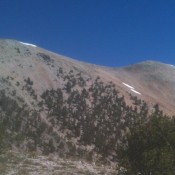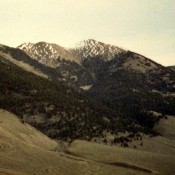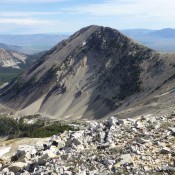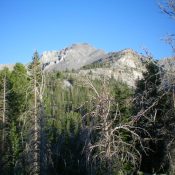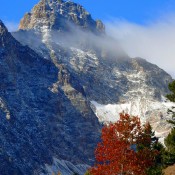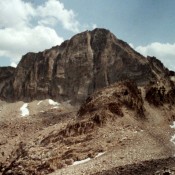
Climbing and access information for this peak is on Page 199 of the book. One of the highest Sawtooth Range summits, Mount Cramer is usually climbed from the east. It has a nearly vertical West Face that towers over the Cramer Lake Basin. The eastern approach is not nearly as treacherous. USGS Mount Cramer … Continue reading
